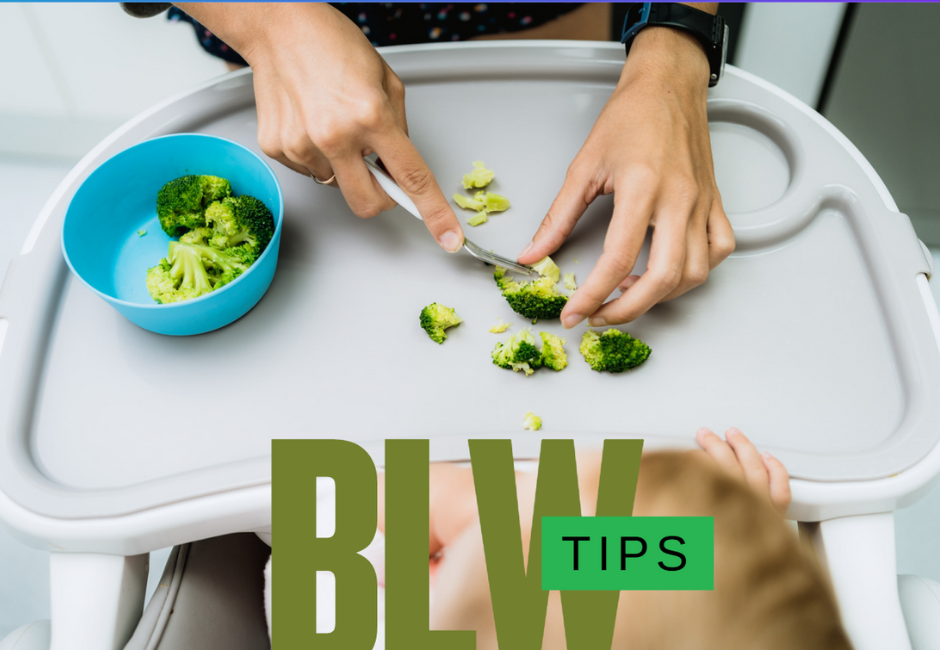
What is baby-led weaning (BLW)? It’s an approach where babies feed themselves solid foods right from the start. This method helps them develop motor skills and healthy eating habits by encouraging finger foods.
As parents, it’s easy to feel like we need to pick a “right” method when it comes to feeding our babies. Some parents swear by baby-led weaning, while others prefer a different approach. But here’s the thing: there’s no need to take sides. Whether it’s baby-led weaning or another approach, what truly matters is finding a method that works for you and your baby. The key is to be confident, patient, and always keep your baby’s needs at the forefront.
In this article, I’ll dive into baby-led weaning—explaining when to start, what foods are safe to introduce, and tips on how to make it work. The goal is to help you feel comfortable and relaxed about the journey, knowing there’s no “perfect” method, just the one that fits your family best.
Table of Contents
What is Baby-Led Weaning?

When it comes to introducing solid foods, one approach that has gained popularity is baby-led weaning (BLW). This method encourages babies to feed themselves from the start, allowing them to skip the traditional pureed food stage and dive straight into finger foods. The idea is simple: instead of being spoon-fed, babies are given the opportunity to explore and self-feed, which can help them develop motor skills and a sense of independence.
The great thing about BLW is that it can save both time and money. Instead of preparing separate purees or buying expensive baby food, parents can simply adjust their own meals to suit the baby’s needs. For example, you might offer soft, cut-up pieces of fruit or cooked vegetables that are safe for babies to pick up and eat. This makes mealtimes much easier and less stressful, as everyone can share the same food, just in baby-friendly portions.
One of the benefits of baby-led weaning is that it allows babies to learn by observing and imitating. Sitting at the table with the family, watching everyone eat, can teach babies about mealtime habits. This also helps them feel included and part of the family’s routine, rather than isolated with a separate meal. It’s an educational experience in itself, as babies begin to understand food, textures, and how to feed themselves.
There’s often concern about choking with BLW, but research shows that when done safely, the risk of choking isn’t higher than with spoon-feeding. Properly cutting food into appropriate sizes, offering safe options, and always supervising the baby during meals are key to making it a safe experience. Many parents find that, with these precautions, BLW can be just as safe and effective as more traditional feeding methods.
Baby-led weaning offers a more inclusive and flexible way to introduce solids. It allows babies to develop confidence in their eating abilities, promotes healthy eating habits, and simplifies mealtime routines. While it’s not for every family, for many, it’s a rewarding approach that supports a child’s growth and independence from the very beginning.
When to Start Baby-Led Weaning
The right time to start solid foods and offer finger food is really important. It can be hard to know exactly when to start, however most babies are ready around 6 months old. By then, the nutrients they get from breast milk or formula may not be enough on their own. But how do you know when your baby is ready to try solids?
There are some clear signs that your baby might be ready to explore solids. For example, when they can sit up without support, show interest in the food you’re eating, and even open their mouth when food is offered—these are all good clues that they’re ready to start exploring solid foods. For a closer look at all the key signs that indicate your baby is ready for solids, be sure to check out my article about solids readiness.
It’s also important to remember that starting solids isn’t just about food—it’s about your baby’s physical ability. They need to have enough neck strength to sit up and stay alert during meals. This helps keep them safe while eating and reduces the risk of choking.
Transitioning to solids should be gradual. It’s essential to keep offering breast milk or formula while introducing solid foods. This ensures that your baby still gets the nutrients they need while learning how to eat independently.
Benefits of Baby-Led Weaning
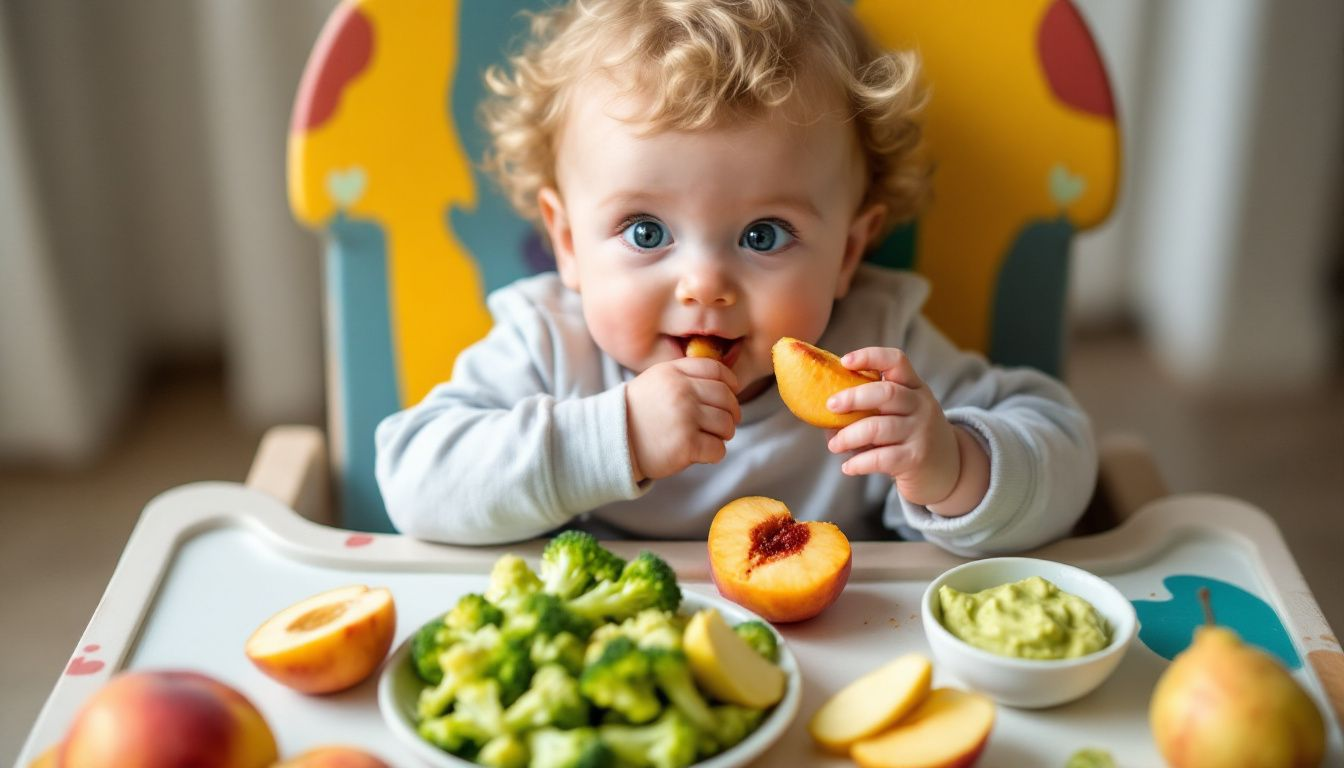
Baby-led weaning (BLW) offers so many benefits, and I’ve seen them firsthand. One of the things I love most about BLW is how it fosters independence in babies. Watching my little one feed herself for the first time felt like a huge milestone—not only was she exploring new tastes, but she was also learning to control her own eating habits. It’s incredible how this autonomy helps them recognize when they’re full, which I believe can set them up for healthier eating patterns later in life. Honestly, it was a little messy at first, but the confidence she gained from feeding herself was definitely worth it.
Another benefit I noticed is how BLW can help reduce picky eating. By offering a variety of textures and flavors early on, babies are less likely to develop strong food aversions. I was pleasantly surprised by how my baby enjoyed trying new foods, from soft fruits to steamed vegetables, and she’s continued to be more adventurous with food as she grows. I truly believe that the more exposure babies have to different tastes and textures, the less likely they are to become fussy eaters later.
There’s also the development of fine motor skills. At first, my baby struggled to pick up even the softest pieces of food, but watching her grow and improve in this area has been so rewarding. With BLW, babies learn how to grip, hold, and manipulate food, which strengthens their hand-eye coordination and sets them up for future milestones. Not to mention, chewing different foods helps them develop the muscles needed for speaking and swallowing.
And let’s not forget about mealtime togetherness. I love that BLW allows my baby to be part of the family meals right from the start. She gets to watch us eat, imitate our behavior, and enjoy the same food we do, just in a baby-friendly form. It has made mealtime a more social and enjoyable experience for all of us, and I really believe it helps build healthy eating habits by setting a positive example.
How to Begin Baby-Led Weaning
Starting BLW can feel a little overwhelming, but trust me, with the right approach and a bit of patience, it can actually be a really fun experience for both you and your baby. One of the most important things is making sure your baby is comfortable and secure in a stable highchair. This helps them feel safe and gives them room to explore their food without feeling restricted. I quickly learned that a good highchair makes all the difference when it comes to making mealtime enjoyable. If you’re considering buying a highchair, take a look at the top ones I’ve reviewed in my article about the best high chairs for babies.
It’s also a great idea to include your baby in family mealtimes by offering one solid meal a day at the same time you eat. This makes them feel part of the family and gives them the chance to watch you and imitate your eating habits. I noticed that when my baby saw us eating, she became so much more interested in her own food, and it made mealtime more fun for everyone.
Don’t forget to give your baby enough time to explore their food! It’s totally normal for them to play with it, squish it, or even toss it around at first. This hands-on exploration is actually a key part of their development. I remember feeling nervous when my baby made a mess, but I soon realized that this exploration is how they get familiar with the textures, tastes, and feel of different foods.
When you start baby-led weaning, begin with simple finger foods that are easy for your baby to grab and hold. Let them take their time, and encourage them to touch, sniff, and taste their food without rushing them. This relaxed approach helps them gradually adjust from milk-based diets to solid foods in a way that’s natural and enjoyable for them. And of course, they’ll still be getting the essential nutrition they need from breast milk or formula during this transition.
Best First Solid Foods for Baby-Led Weaning
When introducing solid foods, it’s essential to choose the right foods and textures to ensure a safe and enjoyable experience for your baby.
The goal is to begin with soft, easy-to-grasp foods that your baby can hold and explore on their own. This helps them feel more confident and gives them the chance to get used to different textures and flavors. Some great options include soft-cooked veggies like roasted sweet potatoes, and fruits like bananas and avocados. These foods are not only nutritious but also super easy for little hands to manage. It’s important for these initial foods to be sufficiently large for effortless grasping and tender enough to smash with little fingers, promoting a safe and manageable eating experience. However, they should still be small enough to reduce the risk of choking hazards.
As your baby becomes more comfortable with solids, you can start adding more variety. This keeps things exciting for them and ensures they’re getting a range of nutrients to support their growth. I love how each new food opens up a new experience for my baby. She was always so curious about what was next on her plate.

How you prepare these foods is just as important as what you serve. For example, I found that serving bananas with just a little peel left on made it easy for my baby to hold. When offering melon, cutting it into sturdy sticks or chunks made it much easier for her to grab. Even meaty pieces, like chicken, can be served with the bone still attached, allowing your baby to safely suck on it and explore new textures. These simple adjustments can make all the difference in creating a safe and enjoyable eating experience for your little one.
Let your baby explore at their own pace, and don’t worry if things get a little messy—this is all part of the learning process.
Avoiding Choking Hazards
Ensuring the safety of your baby at mealtime is critical. Preparing soft foods until they’re tender enough to be mashed with your fingers can make it easier for infants to eat and lowers the possibility of choking.
It’s important to dice food into tiny, bite-sized pieces that babies can manage easily. At the beginning, I avoided foods like grapes since they can be a significant choking hazard, especially if they’re not cut properly. Hard, sharp, sticky, or gummy foods should also be avoided at first. These types of textures can be tough for babies to manage and could pose safety concerns.
Babies are curious, and when they’re learning to feed themselves, it’s easy for things to get messy or tricky. Always stay close during mealtime so you can react quickly if any signs of choking appear. I’ll never forget the first time my baby seemed to struggle with a bite—having that watchful eye really helps you stay calm and ready to respond.
Learning to recognize signs of choking is key. If your baby is struggling to breathe or making high-pitched noises while eating, it’s essential to intervene right away. Be mindful of older kids sharing treats with younger ones, as this could unintentionally create choking risks.
If you’re unsure about the difference between gagging and choking, I go over the details in my article here. It’s always good to be prepared, so mealtime stays fun and safe for everyone.
Managing Gagging and Choking Concerns
Understanding the difference between gagging and choking is crucial when your baby is starting solids. Gagging is a totally normal part of learning how to eat solids. It’s a safety reflex that helps your baby push food forward in their mouth, preventing choking. I know it can sound scary the first time it happens, but trust me, it’s really common and shows that your baby is learning how to handle food on their own.
It’s important to know the difference between gagging and choking. When your baby gags, you’ll probably hear coughing or gurgling sounds, which is actually a good sign—they’re figuring things out. Choking, though, is much more serious. If your baby is having trouble breathing or making a high-pitched noise, that’s a red flag, and you’ll need to act quickly.
I always made sure to stay calm when my baby gagged and gave her a moment to recover. It really helps to know basic first aid and CPR for infants, just in case. Having that knowledge gives you confidence and peace of mind, knowing you can act fast if something does go wrong. If you haven’t already, be sure to check out my article on gagging and choking hazards. It’s one of the most important posts to read on this blog.
Combining BLW and Spoon Feeding
For some families, combining baby-led weaning (BLW) with traditional spoon-feeding can be a great approach, offering a balance of flexibility and practicality. This combination allows you to enjoy the benefits of BLW, like promoting independence, while also using a spoon to feed your baby when needed—especially during the early stages of introducing solids. It’s a great way to ensure your baby is still getting the right portions while including them in family meals and fostering a shared mealtime experience.
One way to help your baby develop self-feeding skills is by giving them a spoon with foods that are easy to scoop, like thick yogurt or mashed potatoes. This way, they can practice using the spoon while still getting the nutrition they need. Over time, as your baby becomes more comfortable with eating, usually around 7 to 8 months, you can start transitioning more towards finger foods, allowing them to take the lead and feed themselves independently.
At the end of the day, there’s no one-size-fits-all when it comes to feeding. The best method is one that works for both you and your baby, making mealtimes a positive and enjoyable experience for everyone. Trust your instincts and remember that it’s all about supporting your child’s natural development at their own pace—whether that’s through BLW, spoon-feeding, or a combination of both.
Tips for Successful BLW

Starting baby-led weaning (BLW) can feel like a big step, but with a few helpful tips, it can become a fun and rewarding experience for both you and your baby.
First, establishing a mealtime routine is key. Begin by offering one solid meal per day alongside their regular milk feedings. This gradual approach helps your baby adjust to new textures and flavors without overwhelming them. As your little one gets more comfortable with solids, you can start introducing two then three meals per day.
Mealtimes should be fun and exploratory for your baby. Allow them to explore different textures and flavors at their own pace. It’s all about making food an enjoyable experience, not a stressful one.
Expect some messiness! I found that using a good-sized bib or smock really helped keep things cleaner. At first, don’t overwhelm your baby with too many food choices. A couple of simple options are all they need to start, and there’s no need for plates or bowls just yet—let them enjoy touching their food directly.
Finally, let your baby take the lead. There’s no rush! As milk continues to be their main source of nutrition, allow them to feed themselves at their own rhythm. And if they’re struggling with slippery foods, try lightly coating them with a bit of powder to make them easier to grip.
Remember, BLW is about giving your baby the chance to explore, have fun, and learn how to eat on their own. Stay relaxed, and enjoy the journey!
Frequently Asked Questions
When should I start baby-led weaning?
You should start baby-led weaning around six months when your baby can sit up independently, shows interest in what you’re eating, and is ready to try finger food. It’s all about making mealtime a fun and engaging experience for them!
What are the benefits of baby-led weaning?
Baby-led weaning encourages independence and develops motor skills by allowing babies to self-feed with finger food, which also helps to reduce picky eating habits. It also fosters healthy eating habits by letting babies control their food intake.
What are some good first foods for BLW?
Good first foods for baby-led weaning include ripe bananas, avocados, roasted sweet potatoes, and moist chicken. They’re all easy for little hands to grab and packed with nutrients!
How can I prevent choking during BLW?
To prevent choking during baby-led weaning, make sure the finger food is soft enough to mash with your fingers and cut into small, manageable pieces. And don’t forget to supervise your little one closely during mealtime!
How do I introduce allergenic foods during BLW?
Introducing allergenic foods early, between four to six months, is key; try one food at a time every three to four days and keep an eye out for any reactions. Regular exposure can help your baby build tolerance over time.
Do babies need teeth for baby led weaning?
I never knew it! Gums are super strong, but the front teeth can only be chewed if the back molar enters the mouth. Teeth really don’t matter what the child eats, especially when it comes to finger food, which encourages babies to self-feed and enjoy a variety of textures and flavors.
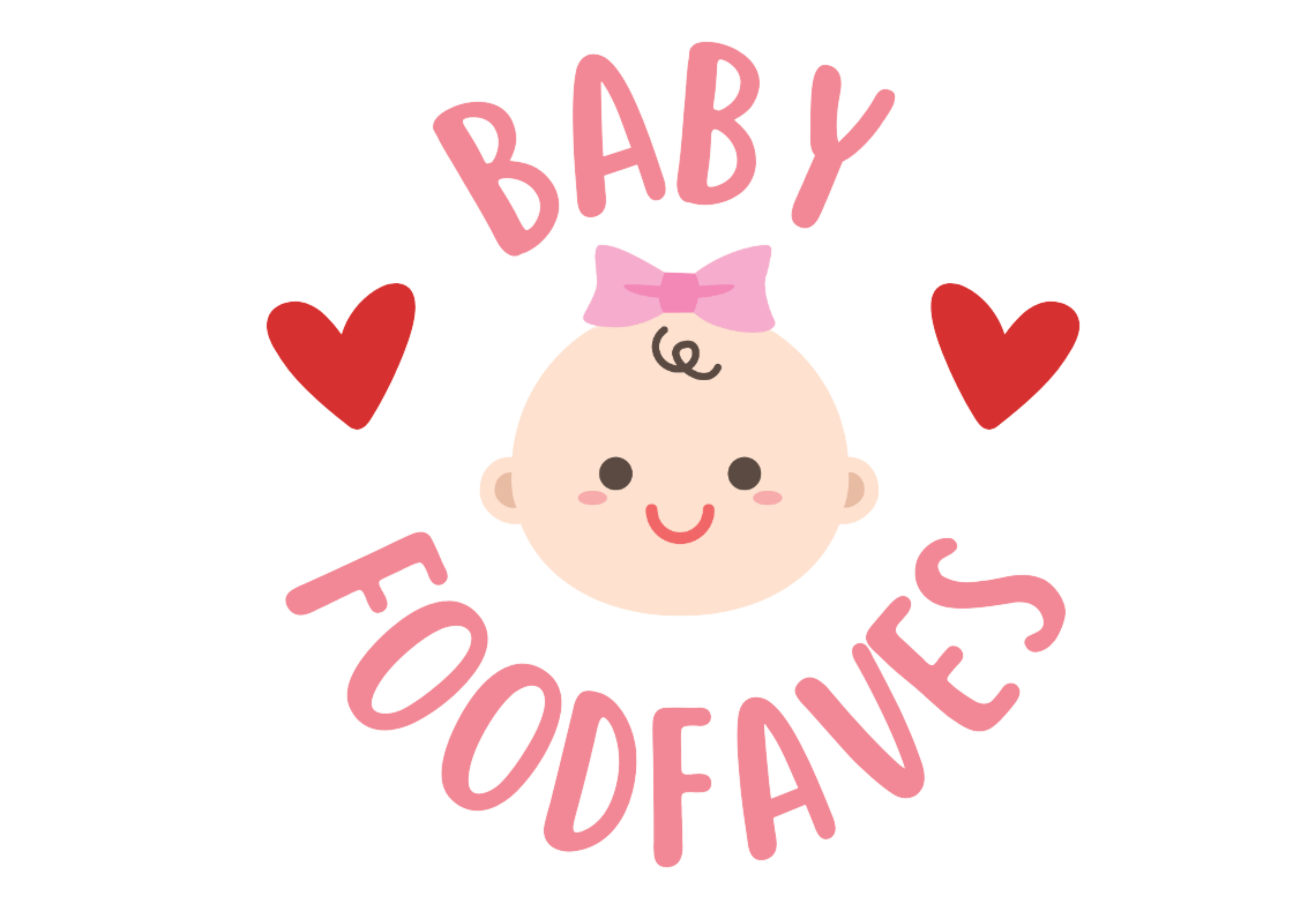
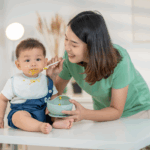
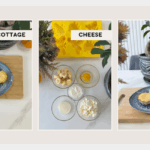
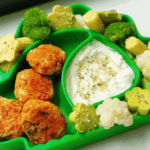
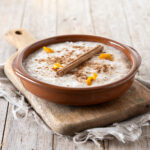
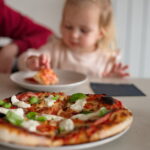
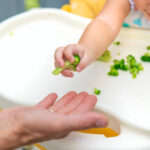
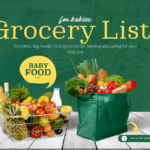
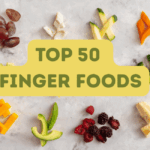
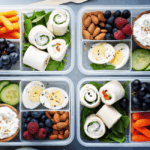
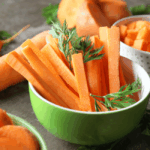
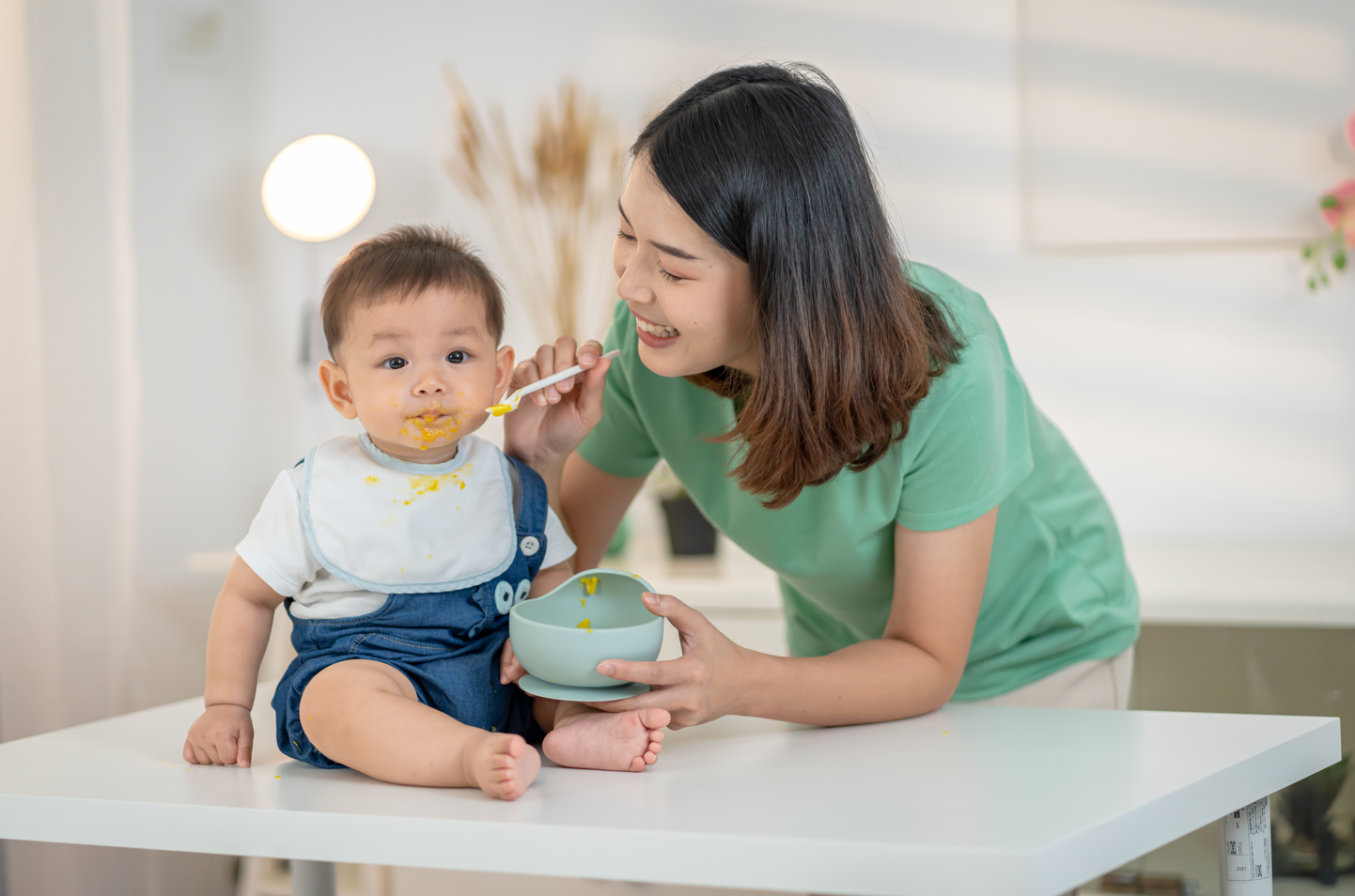
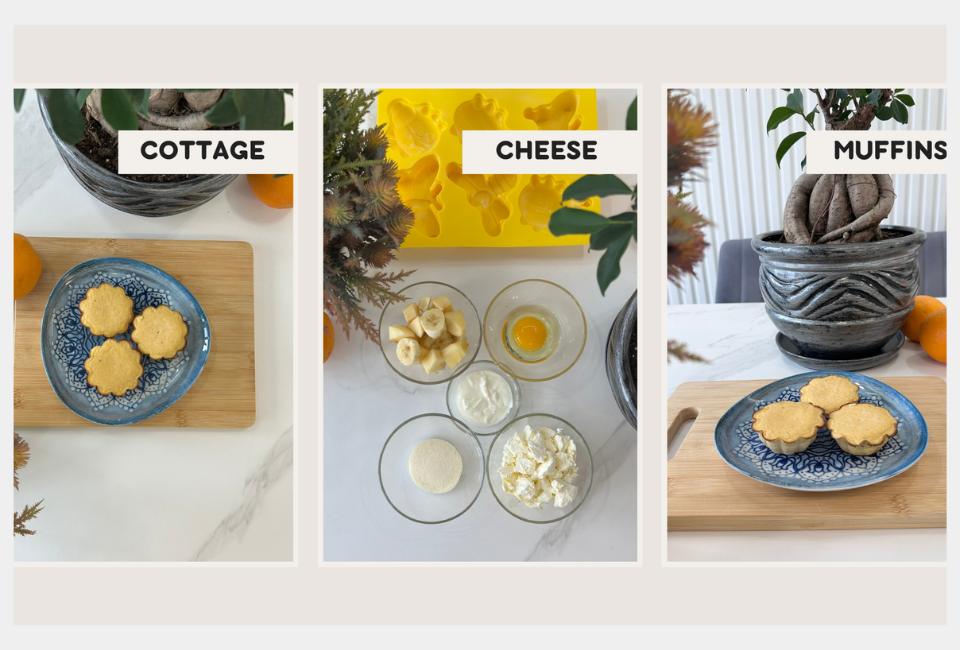
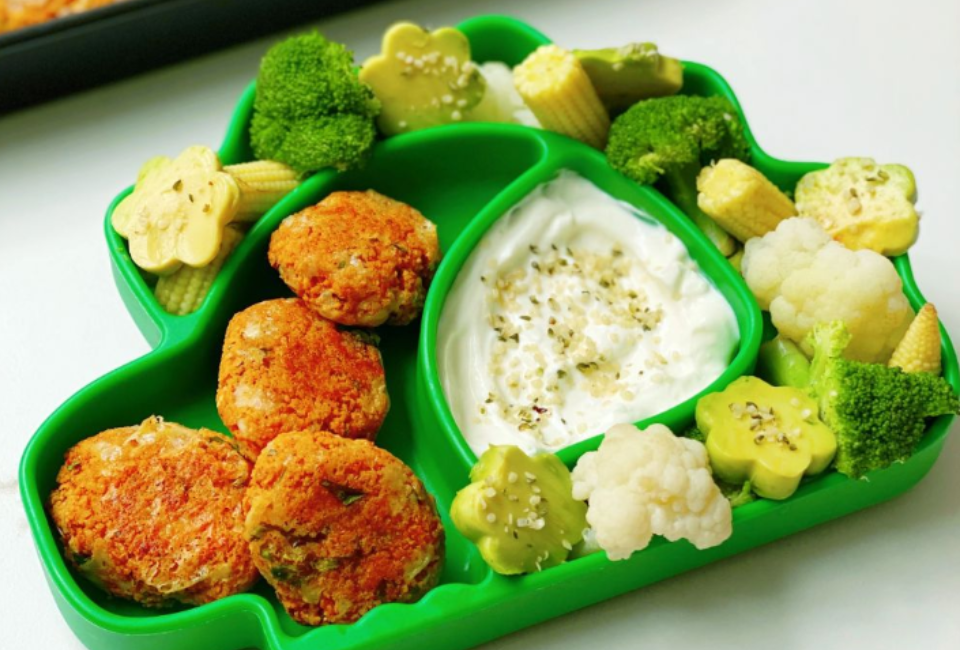
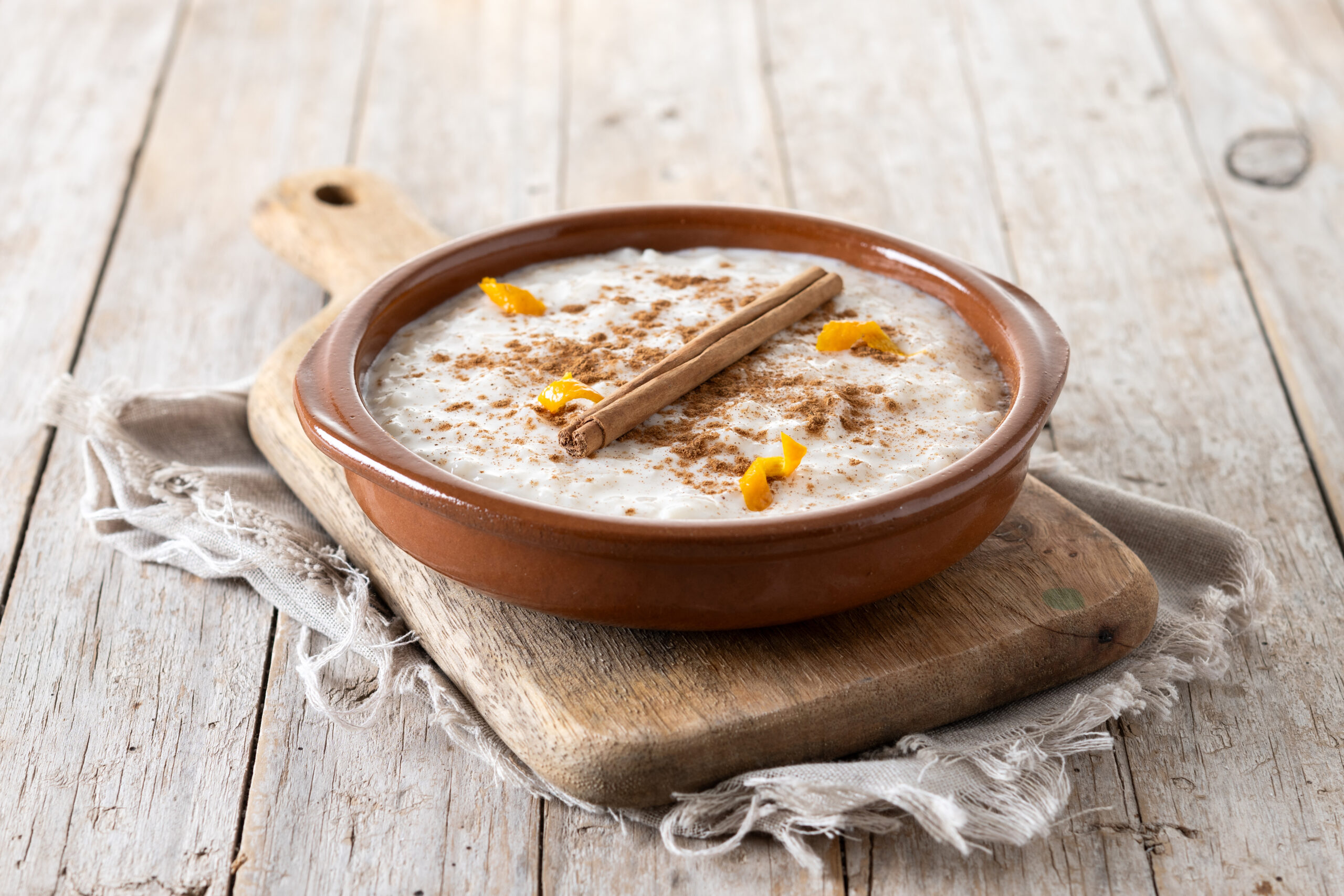
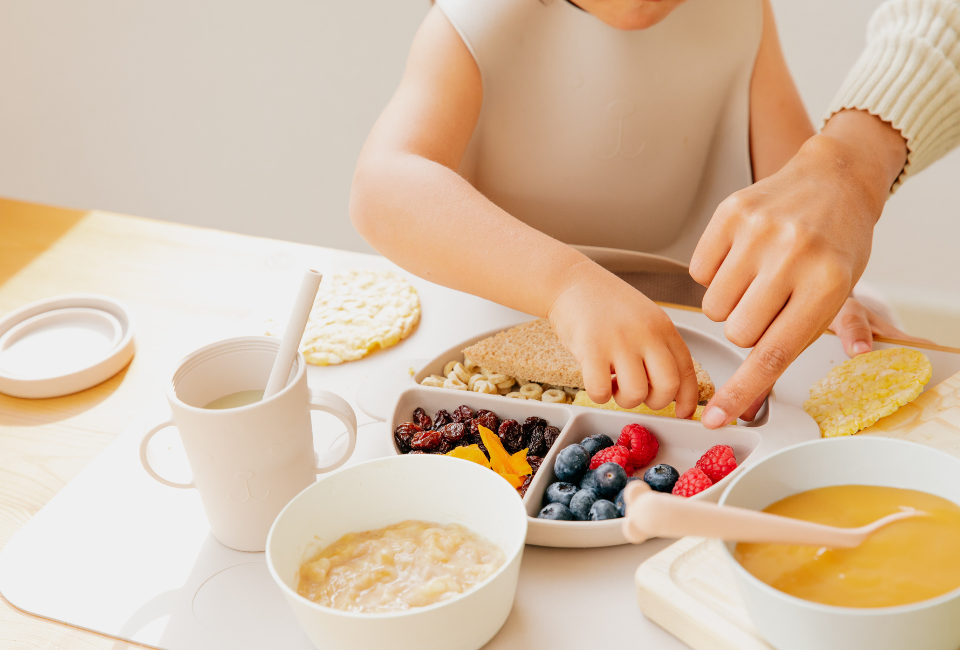
Leave a Reply